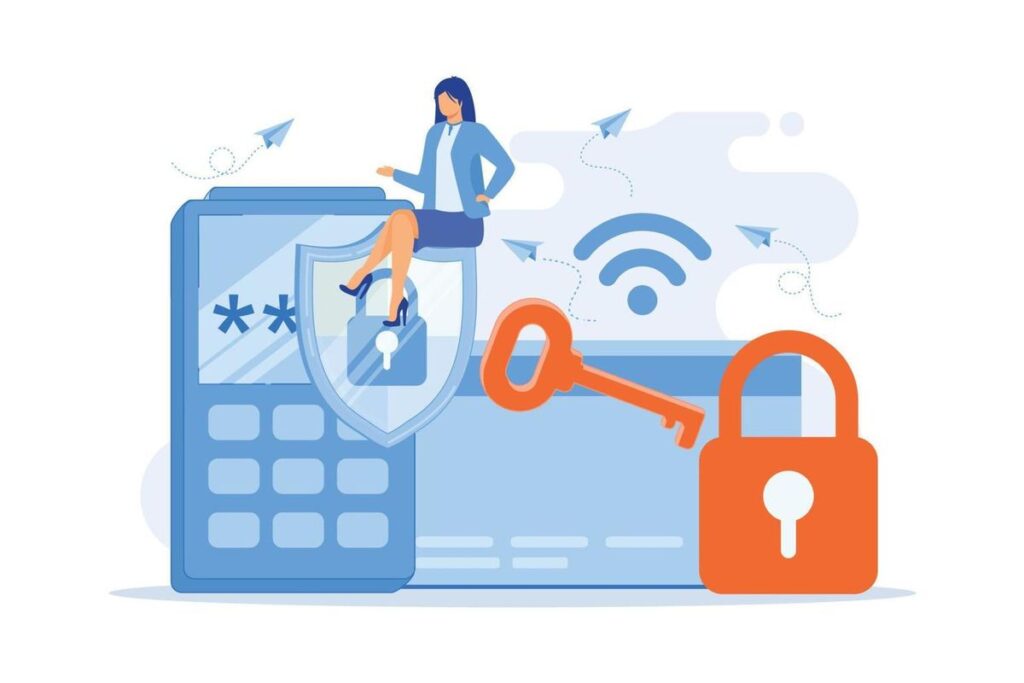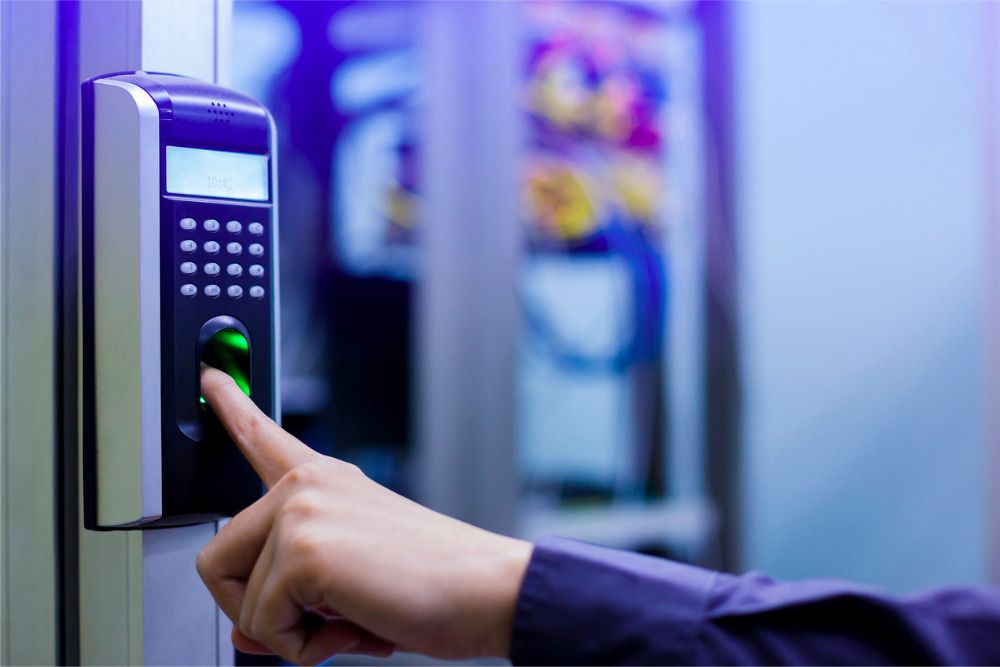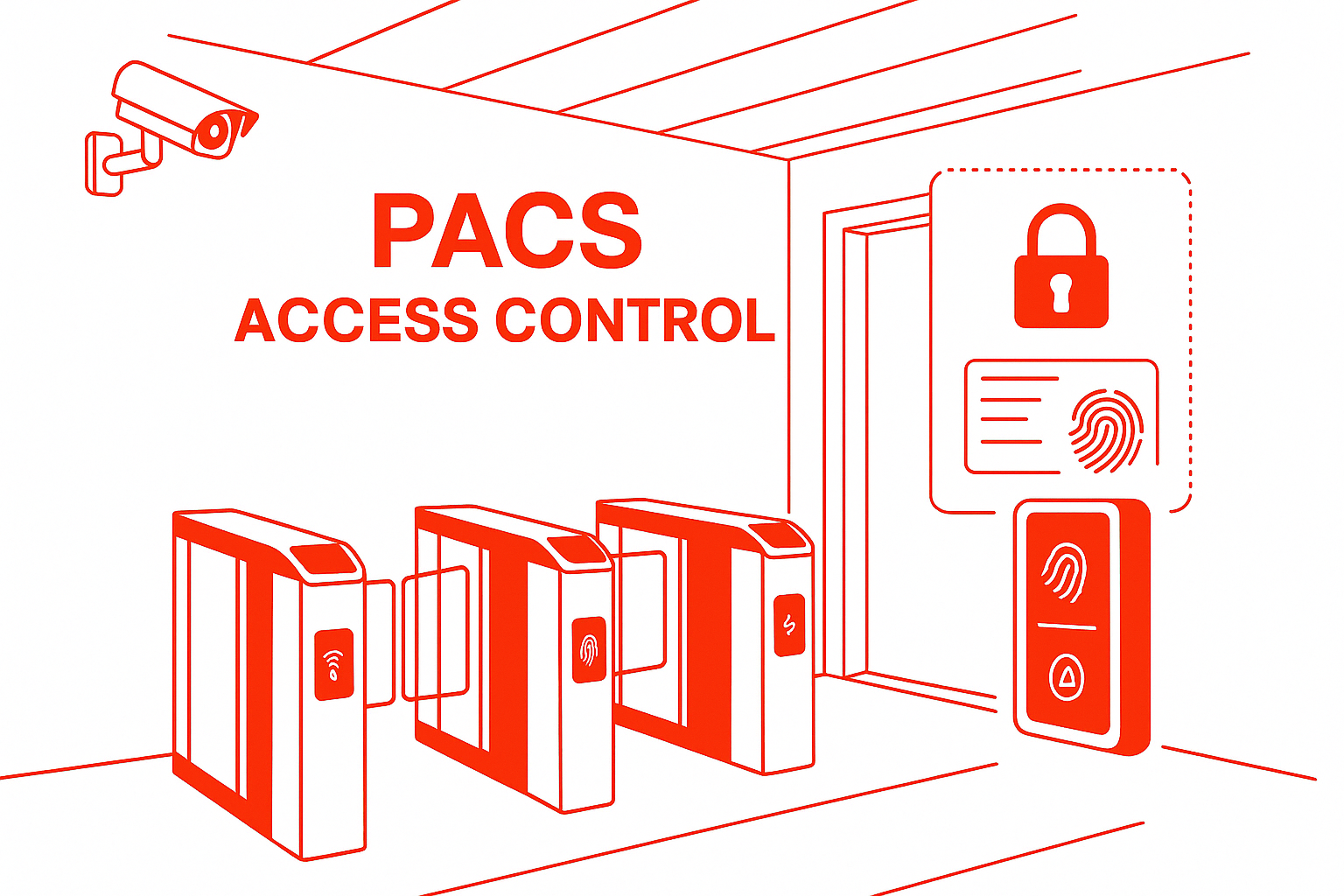What is PACS Access Control and Why Is It Essential for Modern Buildings?

Modern buildings require robust security systems to protect occupants, assets, and sensitive data. One such system gaining widespread popularity is PACS (Physical Access Control Systems). PACS offers a comprehensive approach to managing and controlling physical access to buildings, ensuring only authorized individuals can enter restricted areas.
In a world where traditional lock-and-key methods are no longer enough, PACS Access Control utilizes cutting-edge technology such as biometric recognition, smart cards, and mobile credentials to provide a more secure and efficient alternative. This article dives into why PACS is an essential component of modern building security.
The Evolution of PACS Access Control

PACS Access Control has evolved significantly from simple mechanical locks to highly sophisticated systems that combine hardware and software for enhanced security. Initially, access control was just about unlocking doors, but now it integrates with building management systems to monitor, analyze, and control access with precision.
Key Milestones in PACS Development:
- Mechanical Locks: Early systems were basic, relying on physical keys or combination locks.
- Magnetic Stripe Cards: Introduced in the 1970s, these provided an easier way to grant access through swipe cards.
- Smart Cards and RFID: In the 1990s, contactless RFID technology improved speed and security, eliminating the need for physical contact.
- Biometric Solutions: Fingerprint, retina scans, and facial recognition began replacing traditional card-based systems, providing more secure and personal access methods.
How PACS Access Control Enhances Building Security
PACS Access Control offers several advantages over traditional security measures:
1. Enhanced Security
PACS provides layered security by combining multiple authentication methods such as PIN codes, smart cards, and biometrics, ensuring that only authorized individuals can access sensitive areas. This reduces the risk of unauthorized access and physical security breaches.
2. Remote Access Management
With PACS, administrators can remotely control who has access to various areas within the building. Access can be granted or revoked instantly, ensuring tighter control without the need for physical presence.
3. Audit Trails and Reporting
PACS systems maintain detailed logs of who accessed specific areas and at what times. This data can be invaluable for security audits, investigations, or simply monitoring the flow of people within the building.
4. Integration with Other Security Systems
PACS systems can integrate with other building management systems (BMS) like fire alarms, surveillance cameras, and intruder detection systems. This seamless integration makes it easier to respond to security threats promptly and effectively.
Features of PACS Access Control Systems
Understanding the features of a PACS Access Control system can help building managers make informed decisions when choosing the right solution. Here’s a breakdown of the most common features found in modern PACS systems.
1. Multi-Factor Authentication (MFA)
One of the primary reasons PACS systems are so secure is their use of multi-factor authentication (MFA). This approach combines something the user knows (PIN), something the user has (smart card or mobile device), and something the user is (biometric data). MFA significantly increases the security of access control, reducing the likelihood of unauthorized entry.
2. Mobile Credentials and Contactless Access
Mobile access is quickly becoming the norm in the PACS Access Control world. With smartphone apps, users can unlock doors via Bluetooth, NFC, or QR codes. This not only eliminates the need for physical cards but also provides more flexibility for users on the go.
3. Real-Time Monitoring and Alerts
Modern PACS systems allow building managers to monitor access events in real-time, receiving alerts for any suspicious activity or unauthorized attempts to access secure areas. This proactive approach ensures that security teams can respond swiftly to any threat.
PACS Access Control in Different Building Types
Every type of building has unique security needs. PACS Access Control systems can be tailored to suit the specific requirements of various building types, from office complexes to healthcare facilities. Let’s take a look at how PACS benefits different building types.
1. Corporate Offices and Commercial Buildings
In corporate offices, PACS Access Control systems help manage employee access to sensitive areas, ensuring that only authorized personnel can enter restricted zones like server rooms, executive offices, or storage areas. It also provides detailed reports for audit purposes.
2. Healthcare Facilities
In hospitals and healthcare facilities, security and privacy are paramount. PACS ensures that only authorized medical staff can access critical areas such as patient records rooms, pharmacies, and operating theatres. It also helps protect against data breaches by controlling access to electronic health records.
3. Educational Institutions
Schools and universities are increasingly adopting PACS systems to manage student and staff access to campuses and buildings. By limiting access to specific areas, these systems ensure security, while also enabling flexibility for scheduled access (e.g., for events or after-hours usage).
4. Residential Buildings and Apartments
In residential buildings, PACS Access Control enhances security by providing residents with smart, convenient ways to access their homes without keys. It can also be used to control access to amenities like gyms, pools, and laundry rooms, ensuring only residents and authorized guests have access.
Benefits of PACS Access Control for Building Management
For building managers, adopting a PACS Access Control system offers a range of benefits that go beyond just security. These systems are designed to simplify management processes and improve operational efficiency.
1. Cost-Effectiveness in the Long Run
While the initial installation of PACS may seem costly, the long-term benefits of reduced security risks, lower maintenance costs, and enhanced efficiency make it a worthwhile investment.
2. Increased Convenience for Tenants and Visitors
With PACS Access Control, tenants and visitors can easily gain access to the building through smart cards, mobile apps, or even facial recognition, eliminating the hassle of managing physical keys. This level of convenience enhances user experience and satisfaction.
3. Scalability
PACS systems are highly scalable. Whether you have a small office building or a large corporate campus, these systems can grow with your needs. Additional access points, new users, or expanded functionalities can be easily incorporated.
The Future of PACS Access Control
As technology continues to evolve, so will PACS Access Control systems. The future holds exciting possibilities for even more advanced features, such as AI-powered access decisions, integration with IoT devices, and predictive analytics for building security. These innovations will continue to redefine how buildings are secured and managed.
1. AI Integration for Smarter Security
In the future, AI could play a major role in decision-making within PACS systems. By analyzing historical data, AI could predict potential security threats or automatically adjust access permissions based on user behavior.
2. IoT Integration
As more devices in buildings become connected through the Internet of Things (IoT), PACS will likely integrate with IoT-enabled systems like smart lighting, climate control, and fire alarms, enabling a fully integrated building management solution.
Conclusion
PACS Access Control is transforming the way modern buildings handle security. By leveraging advanced authentication methods, real-time monitoring, and seamless integration with other security systems, PACS ensures that buildings remain secure while offering convenience and flexibility to users. As the technology continues to evolve, PACS will become an even more essential part of modern building infrastructure, delivering smarter, safer environments for everyone.
Contact https://xscontrols.com/ for more info

